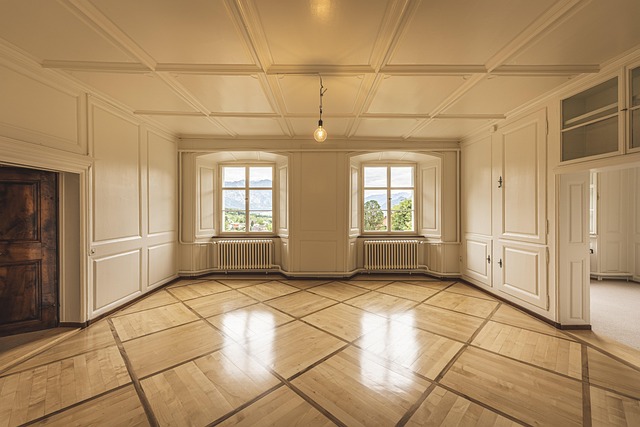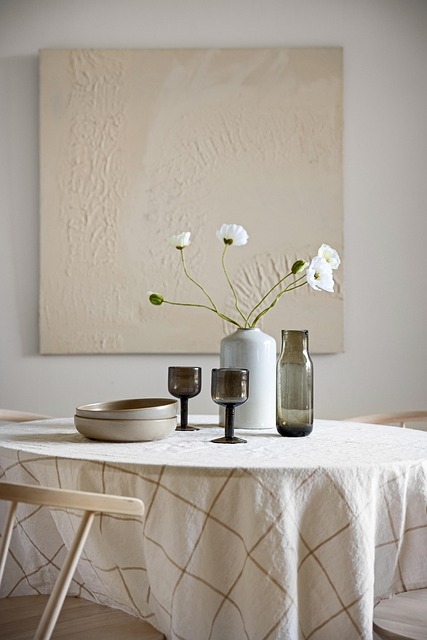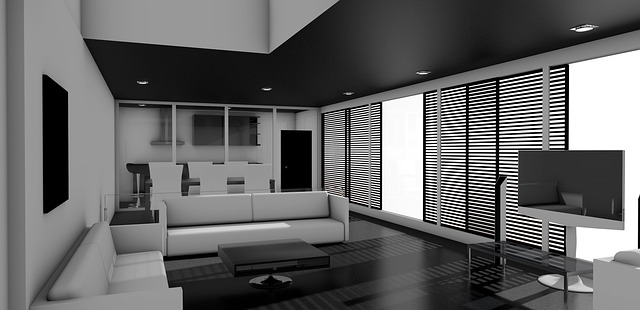Understanding personal comfort zones is key to creating suitable student accommodation. Incorporate natural light, ventilation, soft textures, and colors for relaxation. Efficient organization through decluttering, versatile furniture, and storage solutions makes spaces welcoming and functional, enhancing overall well-being and comfort in comfortable living spaces.
Achieving comfort in student living spaces is paramount for creating a relaxing and productive environment. This article guides you through essential steps to transform your space into a haven, focusing on understanding your personal comfort zone, maximizing natural light and ventilation, curating cozy textures and colors, and organizing for efficiency and relaxation. Implement these strategies to cultivate comfortable living spaces that nurture both mind and body.
- Understand Your Personal Comfort Zone
- Maximize Natural Light and Ventilation
- Curate Cozy Textures and Colors
- Organize for Efficiency and Relaxation
Understand Your Personal Comfort Zone

Understanding your personal comfort zone is a crucial step in achieving a comfortable living space as a student. Everyone has different preferences and needs when it comes to their environment. Some may thrive in a tidy, organized space with minimal distractions, while others find comfort in a more eclectic, personalized setup. Recognize what makes you feel at ease; is it soft lighting, natural elements, or perhaps a mix of colors and textures? Identifying these factors will help guide your decisions when furnishing and decorating your student accommodation.
By recognizing your comfort zone, you can create a living space that supports your well-being and productivity. Consider the layout, color schemes, and furniture choices that align with your preferences. For instance, if you’re a person who values tranquility, incorporating noise-reducing features or choosing quieter areas of your residence might be beneficial. Conversely, if social interaction is key to your comfort, consider living closer to common areas or integrating cozy seating arrangements to foster connections with roommates and friends.
Maximize Natural Light and Ventilation

Creating comfortable living spaces starts with maximizing natural light and ventilation. Large windows allow sunlight to flood in, enhancing the overall ambiance and promoting a sense of wellbeing. Not only does this reduce reliance on artificial lighting, but it also contributes to improved mood and productivity. Additionally, ensure there are adequate vents and openings to facilitate proper air circulation. Fresh air isn’t just refreshing; it helps to keep spaces free from moisture build-up and unwanted odors, fostering an environment that’s conducive to relaxation and study.
Curate Cozy Textures and Colors

Creating a sense of comfort in student living spaces starts with paying attention to textures and colors. Incorporate soft, plush fabrics like cotton or woolen blankets and pillows to make the environment inviting and warm. Natural materials like wood and bamboo add a touch of earthy coziness, making the space feel more connected to nature. Choose neutral color palettes with subtle pops of warmth—think creamy whites, soft grays, and rich browns—to foster a calming atmosphere. These thoughtful choices can transform a basic room into a sanctuary where students can relax and unwind after a long day of classes.
To enhance comfort, consider adding area rugs to define spaces and provide insulation underfoot. Cozy throw blankets hung on chairs or sofas encourage relaxation, while well-placed cushions create inviting nooks. Remember that comfortable living spaces should be personalized, so encourage students to bring in items that remind them of home—a favorite blanket, a cherished pillow, or a familiar piece of artwork—to make the space truly their own.
Organize for Efficiency and Relaxation

Creating a sense of comfort in your student living space starts with efficient organization. A well-organized environment promotes relaxation and reduces stress, making it easier to focus on studies. Start by decluttering and categorizing items based on their use. Invest in versatile furniture that can serve multiple purposes, saving valuable floor space. For instance, a sofa bed allows you to host friends while also functioning as a comfortable seating area during study sessions.
Utilize storage solutions like shelves, baskets, or under-bed containers to keep belongings tidy and within reach. A clean and organized space has a calming effect, allowing you to unwind and relax after a long day. By implementing these organizational strategies, your student living space will not only be functional but also feel welcoming and comfortable, enhancing your overall well-being.






